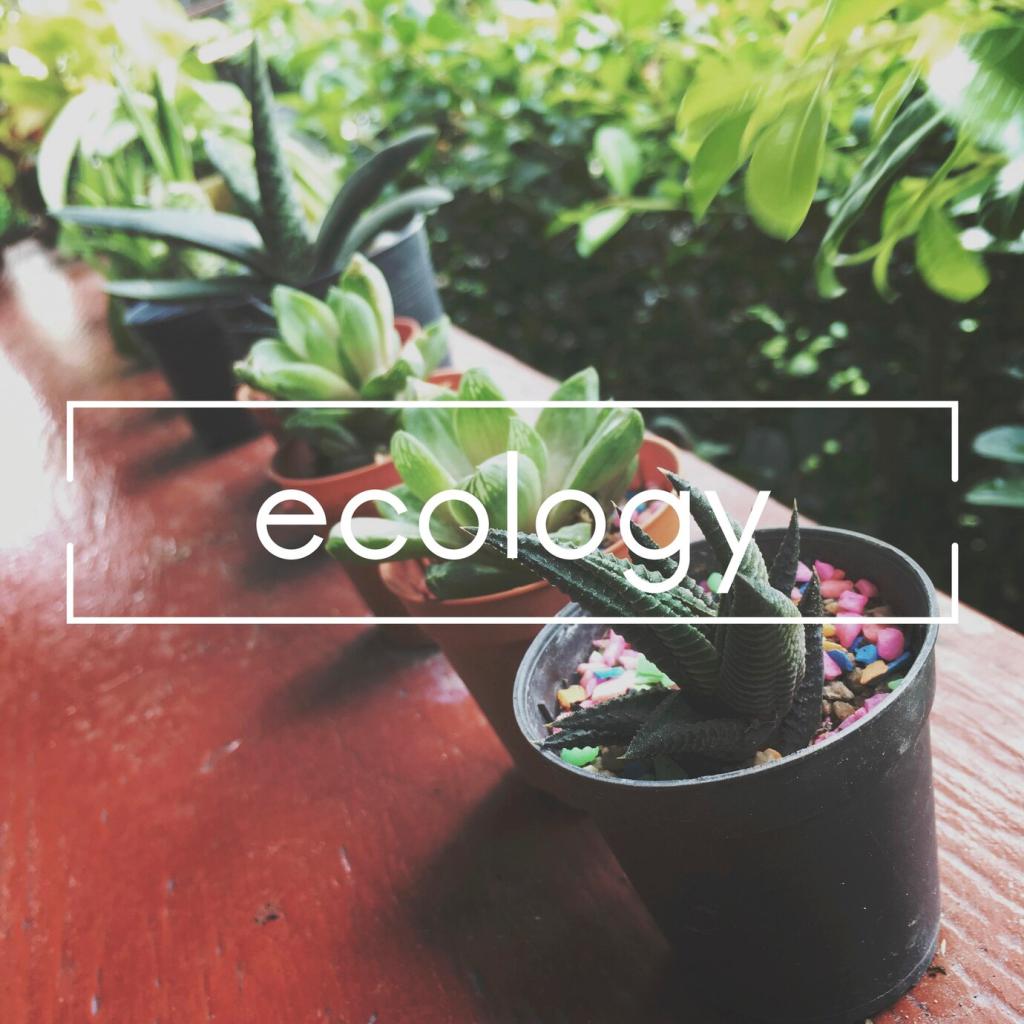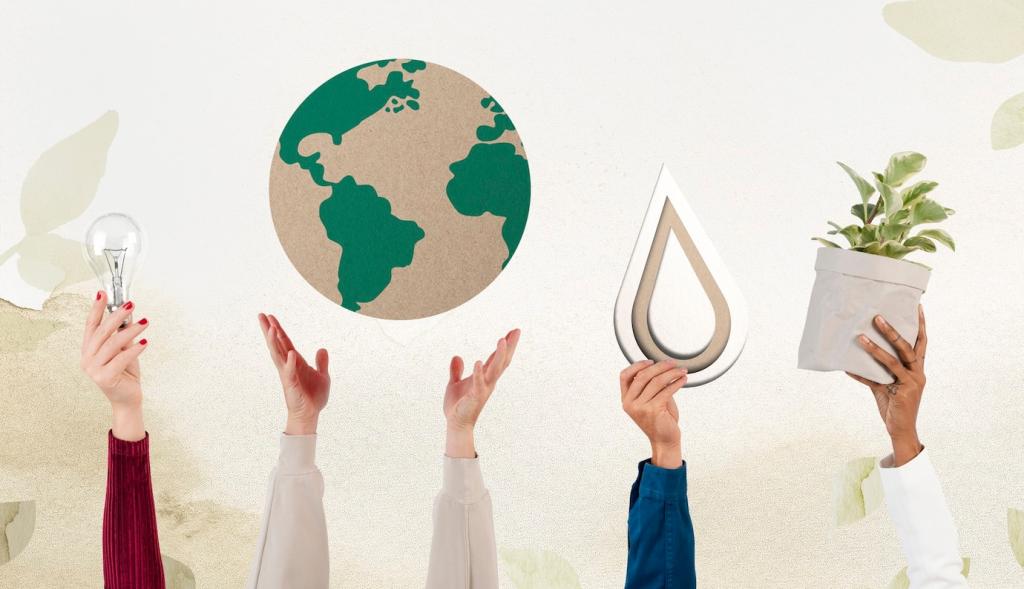Eco-Friendly Interior Design Ideas
Eco-friendly interior design combines style, comfort, and responsibility, creating spaces that prioritize both people and the planet. By thoughtfully choosing materials, furnishings, and processes, you can reduce your environmental footprint while enhancing the beauty of your home. Sustainability is about making conscious decisions, embracing repurposed and renewable elements, and designing with longevity in mind. From the selection of paints to the placement of plants, small changes make a big difference. Explore how eco-conscious choices can transform your interiors into healthier, more inviting spaces, reflecting a mindful way of living for a better future. Discover eight inspirational avenues to infuse sustainability into every corner of your home.

Sustainable Materials Selection
Bamboo and Cork Flooring
Reclaimed Wood Surfaces
Natural Stone Countertops
LED and Smart Bulbs
Daylighting and Window Placement
Healthier Air Quality
Eco-Conscious Ingredients
Wide Range of Color Options
Upcycled and Vintage Furnishings
Indoor Plants and Biophilic Elements
Purifying the Air with Plants


Living Walls and Vertical Gardens
Water Conservation and Efficiency



Waste Reduction and Circular Design
Modular and Adaptable Furniture

